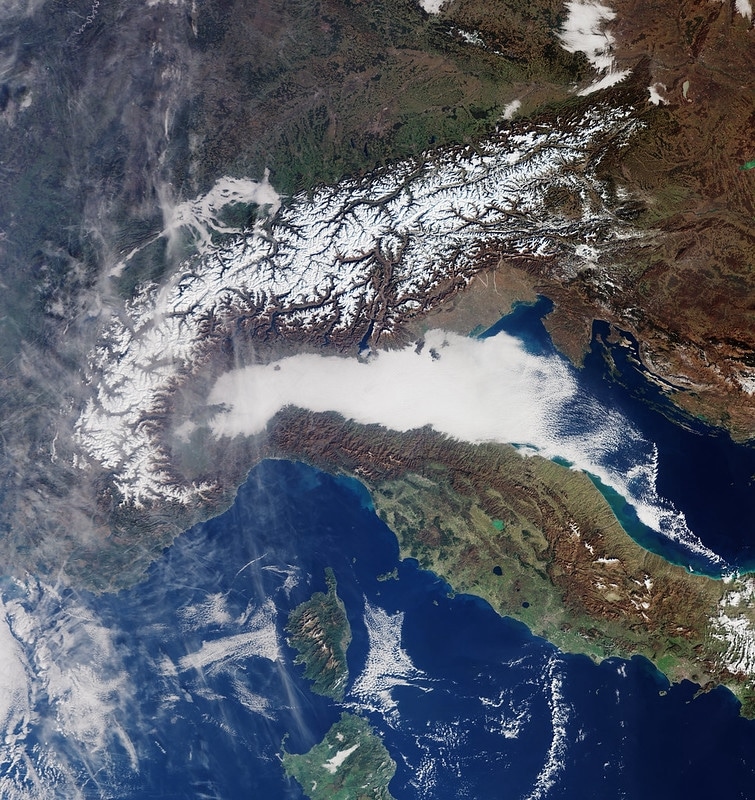
According to official data, air pollution levels in Milan — including fine particulates — have been among Europe’s highest for February.
Fine particulate matter poses the most health risks because it can go deep into the lungs and even make its way into the bloodstream.
“It stinks! I smell a constant stench of smog, I cough, I feel my throat burning,” said Pietro De Luca, a Milan resident who frequently considers relocating with his family to get away from the intense pollution and accompanying health risks, as Reuters reported.
To reduce their exposure, some residents of the fashion and finance capital of Italy have taken to wearing face masks outside.
Mayor of Milan Giuseppe Sala disputed IQAir’s designation of the city’s air quality as “unhealthy,” calling it “the usual impromptu analyses made by a private body,” reported The Guardian.
IQAir uses “governmental stations and low-cost sensors owned by citizen scientists around the world: a combined total of over 80,000 locations” in gathering its data, the air quality monitor’s website says.
On Tuesday, the air pollution in Milan and neighboring cities in Italy’s northern Lombardy region triggered measures limiting ultra-polluting vehicles during the busiest daytime hours, Reuters reported. Nearly a third of the country’s population — 17 million people — lives in the region’s Po Valley.

Satellite image captured by the Copernicus Sentinel-3 mission shows smog and mist blanketing the Po Valley on Jan. 29, 2024. European Space Agency
“In Milan you have to try and survive in this swamp for five days a week, and get yourself out for the weekend to get a breath of fresh air,” said former Milan resident Roberto Lorenzutti, who now lives in Sardinia, as reported by Reuters.
In 2020, the European Union Court of Justice found Italy in breach of the EU’s clean air regulations.
The area’s pollution issues come from its industrial and agricultural activities, which are compounded by air being trapped in the valley, according to Valentina Bosetti, a Bocconi University professor of environmental and climate change economics.
A 2023 investigation by The Guardian discovered that more than one-third of residents of the valley and its surrounding areas were breathing air that contained four times the limit set by the World Health Organization (WHO) for the most hazardous airborne particulates.
Despite calling IQAir’s classification of the region “unreliable,” regional environmental protection agency ARPA-Lombardia said the air quality in Milan had recently been above a 2.5 particulate matter (PM) limit, The Guardian reported.
Last year’s levels for PM2.5, nitrogen dioxide (NO2) and PM10 in Milan all breached WHO’s guidelines, said Italian environmental nonprofit organization Legambiente, as reported by Reuters.
Regional councilor for the environment Giorgio Malone said the problem has been going on for a long time, but that over the course of the last two decades there has been a 45 percent reduction of concentrations of NO2 and a 39 percent reduction of PM10, Reuters reported.
Meanwhile, Elena Eva Maria Grandi, environment councilor in Milan, requested more direct cooperation between regional and municipal authorities in evaluating emergency measures to deal with the high pollution levels. Milan is set to co-host the next Winter Olympics in 2026. “Current pollution thresholds are fully unsatisfactory to protect our health, this is what the World Health Organization says,” said Anna Gerometta, president of Italy Citizens for Air, as reported by ABC News.
The post Milan Inundated With High Air Pollution Levels and Smog appeared first on EcoWatch.
